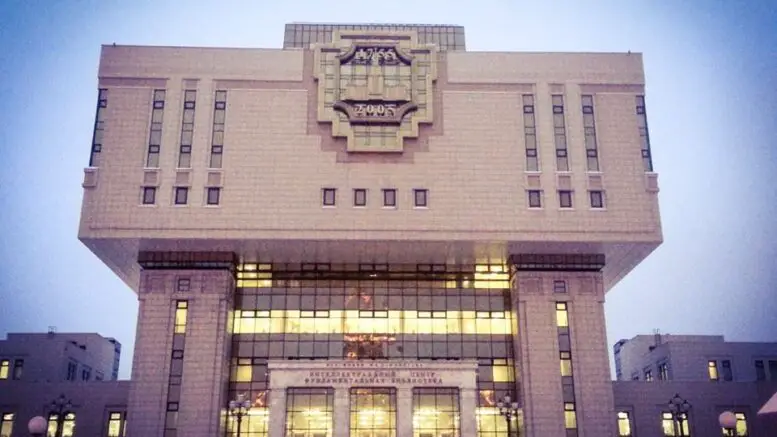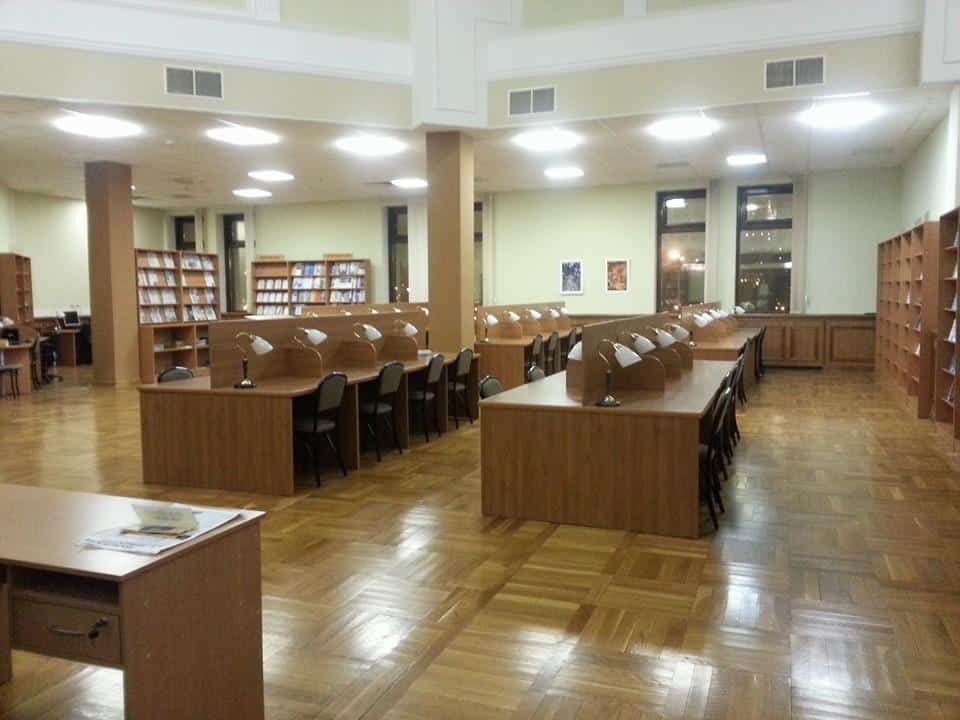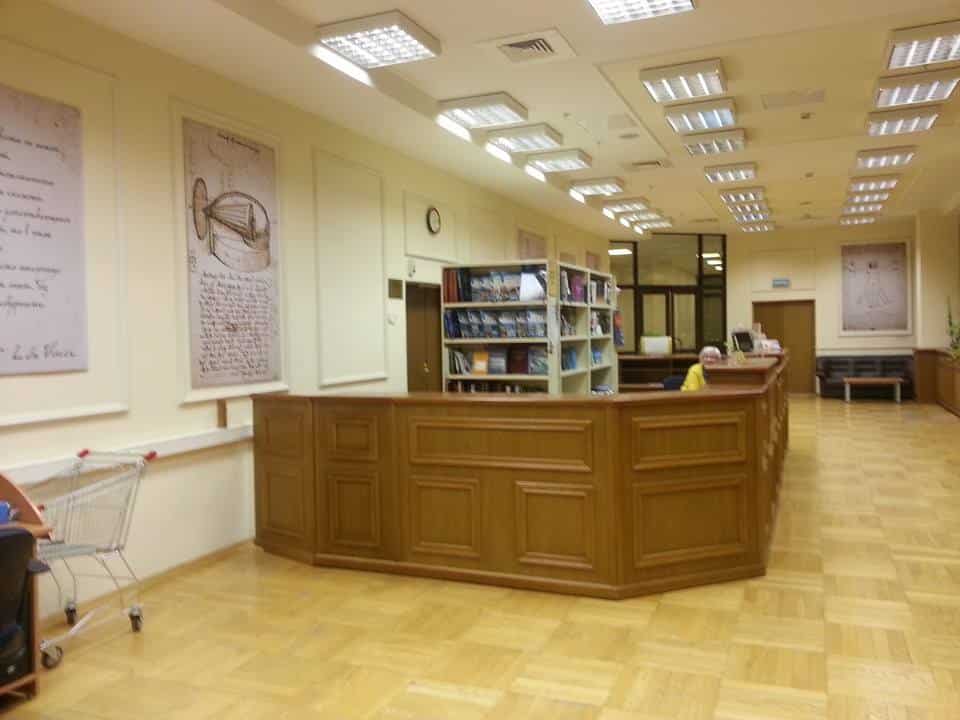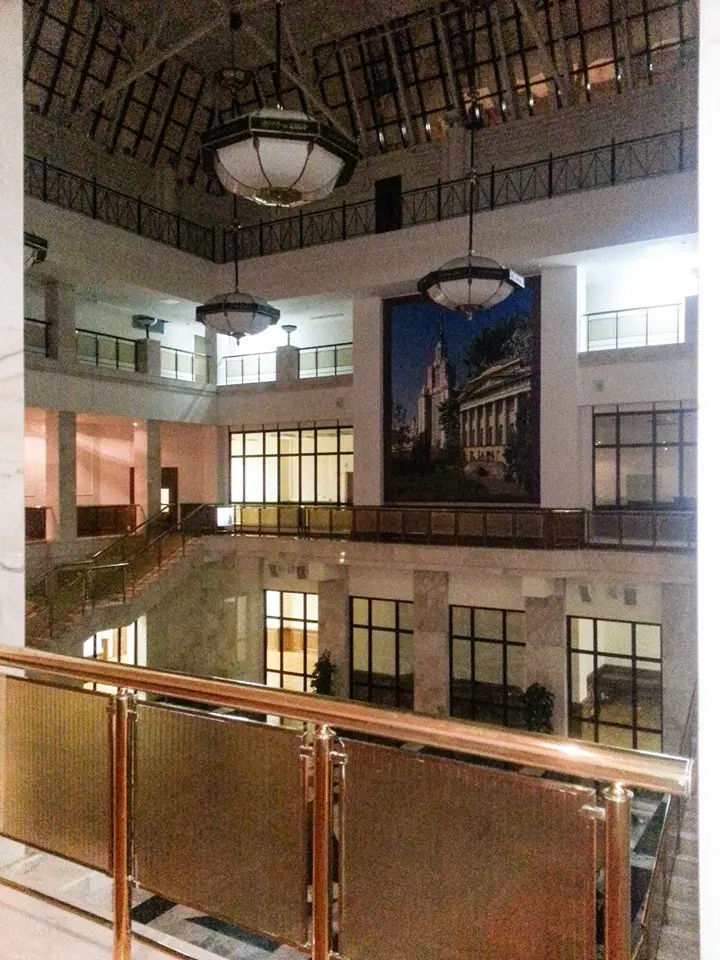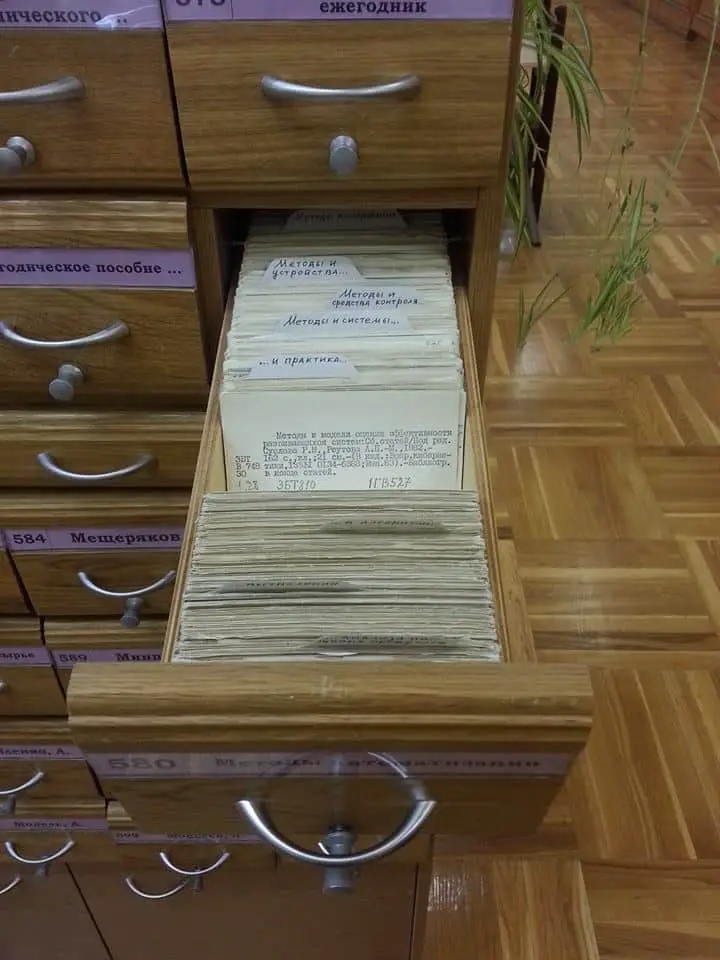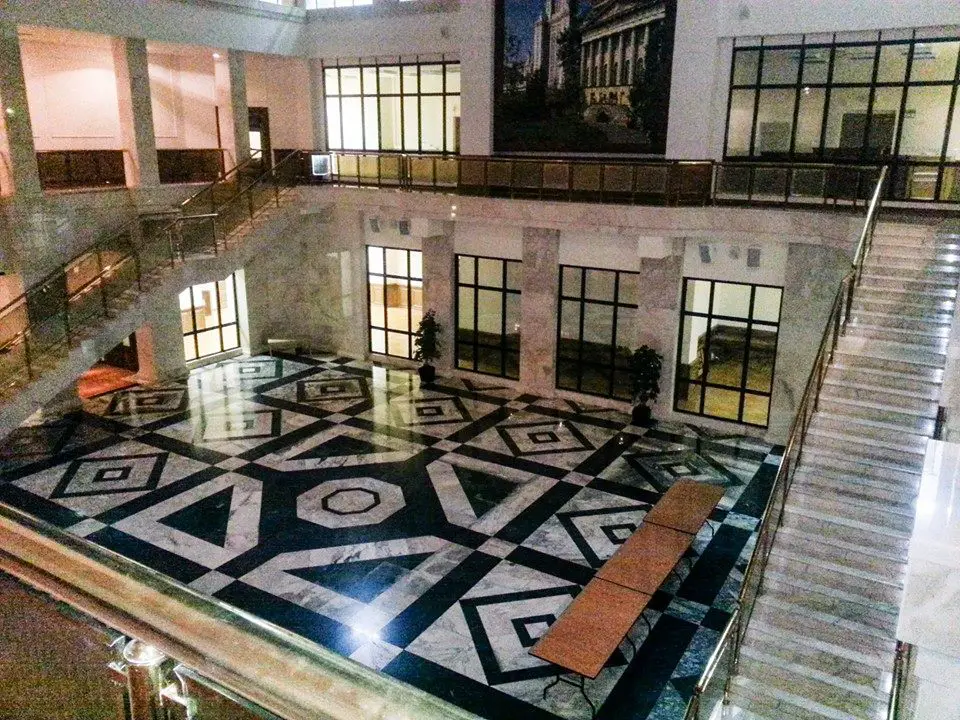Perhaps one of the most important things to know when studying at a university is where its library is and how to utilize it. The new main building of the Moscow State University Research Library is located at Lomonosovskii Prospekt, 27. It’s about a ten-minute walk from the main building or about fifteen from the metro. Though it does not have such long working hours as most university libraries in the United States do, it has a pretty open schedule.
The library was first opened in 1755 by Mikhail Lomonosov, and is the oldest in Russia. During the eighteenth and nineteenth centuries, it was also the only free library in Russia. The new MSU Main Library Building was opened in November, 2005. Today, the library serves as the methodological and scientific center for libraries of other Russian schools and universities. The twenty branches, sixty-three reading rooms and many reference libraries of the MSU library system are spread amongst sixteen different buildings across the campus. It serves about sixty five thousand patrons.
I had tried to enter the Main Library Building earlier this term with little success. The entry process is slightly complicated and my Russian language skills were not good enough to handle such intricacies. However, my Russian has improved, and I recently paid another, this time successful, visit to the building. I made it known that I did not want to sit in the library as a “reader” (читатель), but merely wanted to observe it and understand how the system worked. I thus had the privilege of receiving a tour.
When you enter the building you are asked for your library card (читательский билет). Full time Russian MSU students automatically receive a library card at the start of each new academic year. However, foreign students who would like to use the library must buy one for fifty rubles on entering the library. To do this you will be escorted to an information desk, and the person behind the desk will ask for your passport, your MSU pass (пропуск) and a passport-size photo. I did not have a photo with me, so the woman made a copy of my MSU pass and cut out the photo from that to glue onto my library card. She brought me into an office, had me fill out an information card with data from both my passport and my MSU pass, asked me for fifty rubles, and made me a library card. I then received a receipt (квитанция). As a foreign student, you will likely have a similar experience.
After all that you are almost ready to enter the library! But first you must check your coat and bag (assuming you brought a bag of books) at the wardrobe (гардероба). If you wish to bring an item from your bag with you into the library you must put it in a clear plastic bag that the wardrobe employee gives you. Before anyone enters the library he or she must receive another slip of paper, the control list (контрольный листок), which gets stamped by a librarian every time the “reader” exits a reading hall (читательский зал). You must then walk through a doorway, show your library card to the guard, and you are in!
I followed the librarian around the building for about forty minutes, her offering tidbits of information as we walked. She showed me a computer room that people often use these to look up and order books from the library’s online catalogs (каталоги). Library employees began to create these in 1990. There are also physical catalog rooms within the building that have a card from each publication. To use this system, you must find the book’s card, write down the information from it, and then bring it to the library staff as an official “book order.” It is only possible to read a book if you order it either in this manner or from the online catalogs. (Not all of the resources in the library are listed in the online catalogs.) However, there is one exception to this rule: in each reading hall there is a section of publications from the current year, which readers are allowed to take off the shelf, read, and return to the shelf before leaving the hall.
We walked through a few different reading halls, all of which were almost empty. Nevertheless, there is a watch person – usually a woman – (дежурная) in each of them. To get to each of the halls we walked around the vast spaces that comprise the library walkways, which seem to be mostly composed of marble and glass. As a word of advice, if planning to spend much time in this building during the winter, wear many layers under one’s coat. The glass does little to keep out the frigid winter air. Temperature aside, the building is enormous and beautiful. While it seems too large for the amount of people physically inside it on a daily basis, the facility does host many events for which the space comes in handy. One such space, literally called the “architectural element” (атриум), I found especially beautiful.


